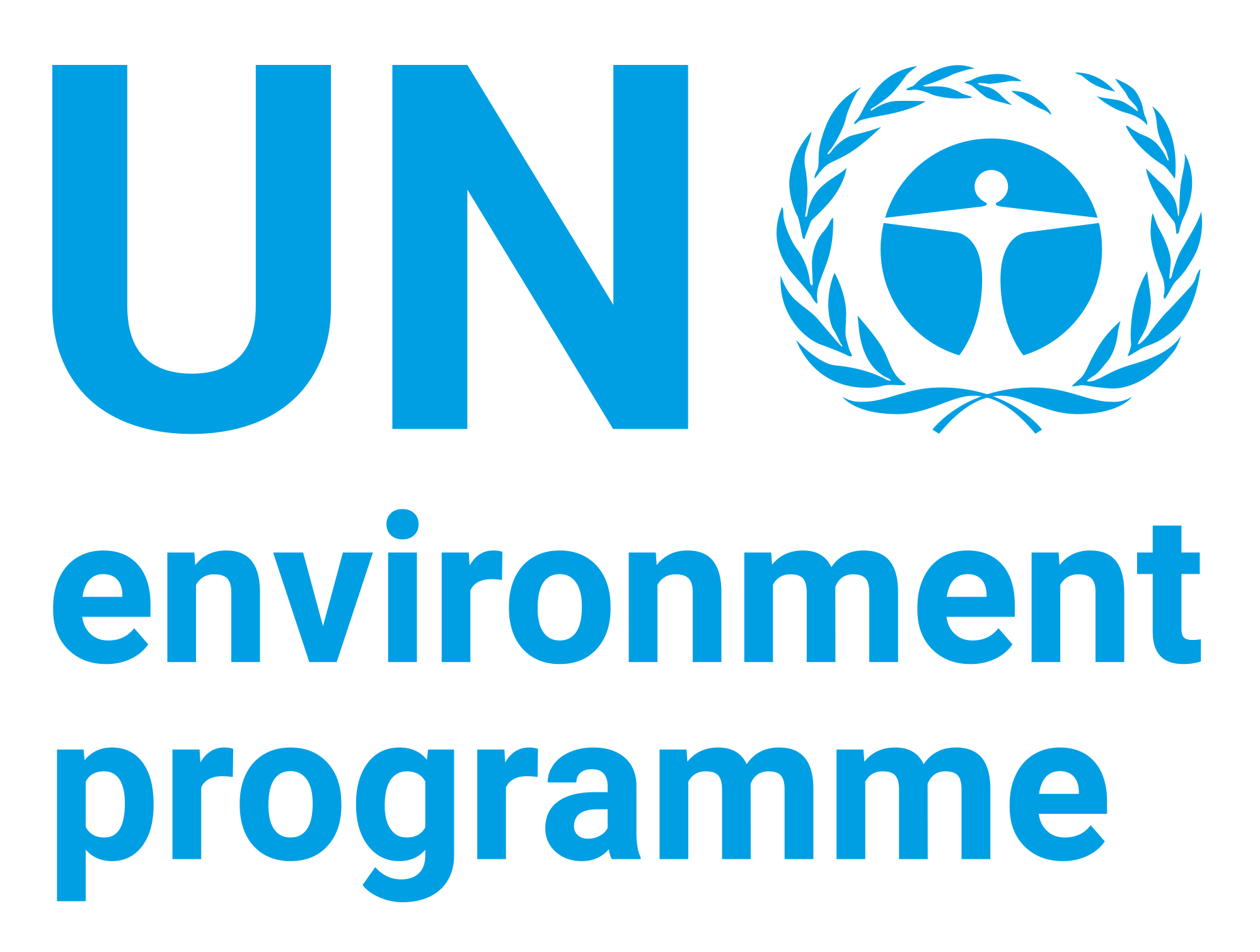| dc.contributor | Law Division | en_US |
| dc.contributor.author | United Nations Environment Programme | en_US |
| dc.coverage.spatial | Global | en_US |
| dc.date.accessioned | 2018-11-01T11:37:02Z | |
| dc.date.available | 2018-11-01T11:37:02Z | |
| dc.date.issued | 2018-04 | |
| dc.identifier.uri | https://wedocs.unep.org/20.500.11822/26651 | |
| dc.description | Mobile air-conditioning (MAC) systems used to cool the driver and passengers in land transport including cars, vans, lorries, buses, agricultural vehicles and trains. Historically all car air-conditioning used the refrigerant CFC-12. This was completely phased-out during the 1990s in developing countries and around a decade later in developing countries and the global car market switched to HFC-134a, a refrigerant with a GWP of 1430. Larger vehicles such as buses and trains also use other HFC refrigerants such as R-407C (GWP 1774) and R-410A (GWP 2088). During the last few years new ultra-low GWP alternatives have been introduced in some geographic regions in response to national and regional regulations. This Fact Sheet describes the progress being made towards the use of lower GWP refrigerants in the MAC sector. | en_US |
| dc.format | Text | en_US |
| dc.language | Turkish | |
| dc.language | English | en_US |
| dc.relation.ispartof | OzonAction | en_US |
| dc.rights | Public | en_US |
| dc.subject | ozone | en_US |
| dc.subject | ozone-depleting substance | en_US |
| dc.subject | ozone layer | en_US |
| dc.subject | air-conditioning | en_US |
| dc.subject | chlorofluorocarbon | en_US |
| dc.subject | refrigeration | en_US |
| dc.title | OzonAction Kigali Fact Sheet 17: Refrigerant Trends in Mobile Air-Conditioning | en_US |
| dc.title.alternative | Mobil İklimlendirmede Soğutucu Akışkan Eğilimleri - OzonAction Kigali Bilgi Notu 17 | |
| wd.identifier.sdg | SDG 13 - Climate Action | en_US |
| wd.identifier.sdgio | http://purl.unep.org/sdg/SDGIO_00000047 | |




